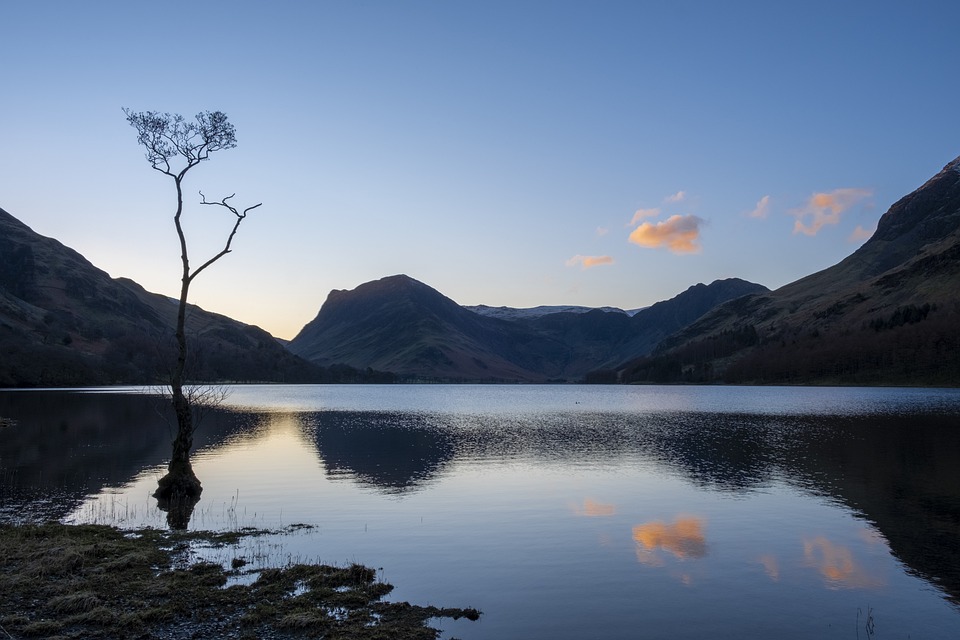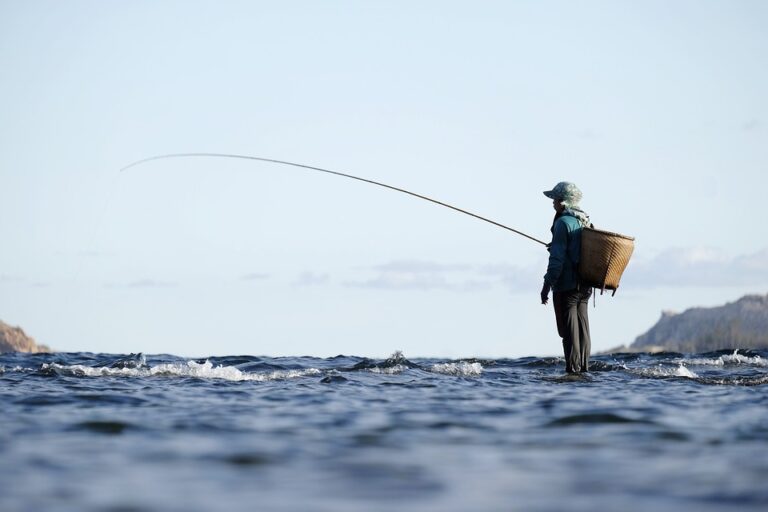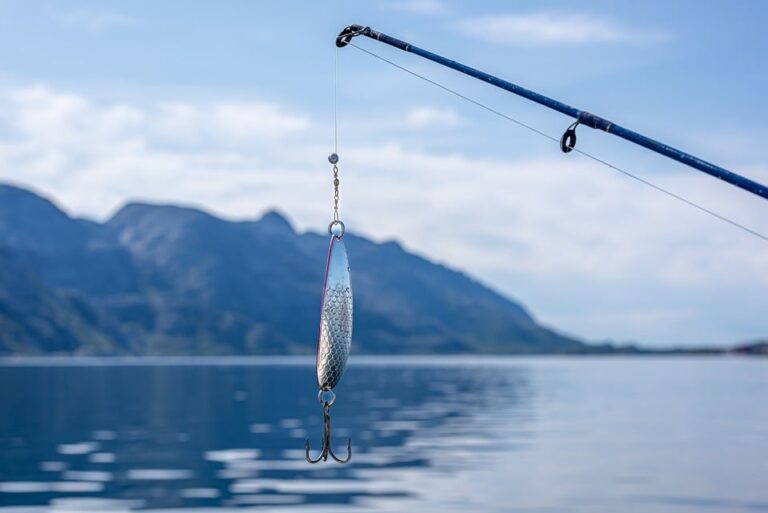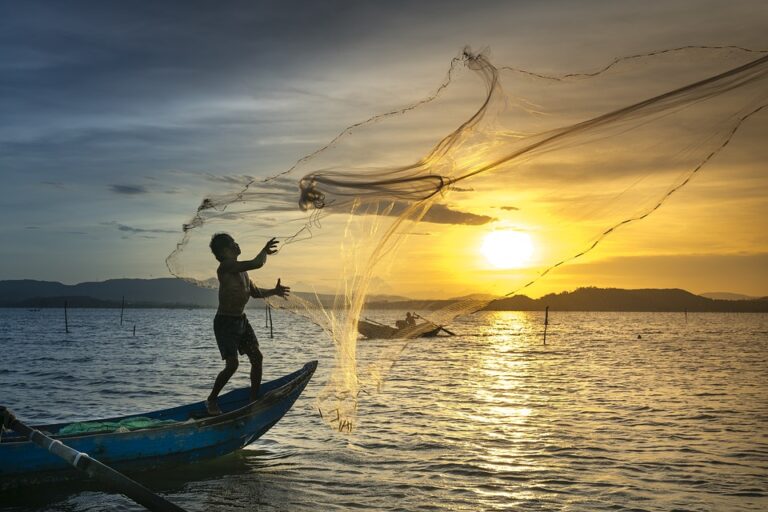Russian Exploration of Alaska
When Russia first set its sights on Alaska in the 18th century, it was seen as a land of great potential. The Russian Empire was looking to expand its territories and saw Alaska as a valuable addition to their holdings.
The first Russian settlement in Alaska was established by the Russian-American Company in 1784. The settlement, known as Three Saints Bay, served as a trading post for furs and other natural resources. Over the next few decades, more Russian settlements were established along the coast of Alaska as the Russian Empire sought to exploit the region’s resources.
The Influence of Russian Orthodoxy
One of the lasting legacies of Russian settlement in Alaska is the impact of Russian Orthodoxy on the native populations. Russian Orthodox missionaries accompanied the settlers and sought to convert the indigenous peoples to Christianity. They built churches, schools, and other infrastructure to support their mission.
Many of the native Alaskans eventually converted to Russian Orthodoxy, adopting the language, customs, and traditions of their new faith. Today, Russian Orthodoxy remains a significant influence in Alaska, with many churches and religious communities continuing to practice the faith brought over by the Russian settlers.
The Sale of Alaska
In 1867, the Russian Empire sold Alaska to the United States for the sum of $7.2 million. The sale, known as the Alaska Purchase, marked the end of Russian colonial rule in Alaska and the beginning of a new era of American control.
After the sale, many of the Russian settlers in Alaska chose to remain in the region, becoming American citizens and integrating into the new society. The influence of Russian culture and traditions can still be seen in Alaska today, from place names to architectural styles.
Migration and Settlement
Following the sale of Alaska to the United States, many Russians and Russian-Americans chose to remain in the region, continuing to live and work in the territory. Some of the Russian settlements grew into larger towns and cities, such as Sitka and Kodiak, which still retain their Russian heritage.
Over time, however, many Russian settlers and their descendants began to spread out across Alaska, establishing new communities and contributing to the development of the territory. Today, Russian-Americans make up a significant portion of Alaska’s population, with a strong presence in areas such as the Kenai Peninsula and the Aleutian Islands.
Legacy of Russian Settlements
The Russian settlements in Alaska left a lasting imprint on the region, shaping its culture, economy, and society. The legacy of Russian exploration and migration can be seen in everything from architecture to cuisine to language.
From the onion-domed churches of Sitka to the traditional Russian dishes served in local restaurants, the influence of Russian settlers is still very much alive in Alaska. Russian culture and traditions have become an integral part of the state’s identity, celebrated in festivals, events, and museums.
Preservation and Promotion
In recent years, efforts have been made to preserve and promote the legacy of Russian settlements in Alaska. The Russian-American Community Council of Alaska, for example, works to preserve Russian cultural heritage and promote cross-cultural understanding between Russian-Americans and other communities in the state.
Historic sites such as the Russian Bishop’s House in Sitka and the Holy Resurrection Russian Orthodox Church in Kodiak are important reminders of the Russian presence in Alaska and serve as symbols of the enduring ties between Russia and the United States.
Overall, the history of Russian settlements in Alaska is a fascinating tale of exploration, migration, and cultural exchange. The legacy of Russian exploration and migration can still be seen in Alaska today, from the architecture of its cities to the traditions of its people.
As Alaska continues to grow and evolve, the influence of its Russian heritage remains a vital part of the state’s identity, shaping its culture, society, and economy for generations to come.
Whether visiting historic sites, enjoying traditional Russian dishes, or celebrating Russian festivals, the legacy of Russian settlements in Alaska is alive and well, a testament to the enduring impact of exploration and migration on the region.





